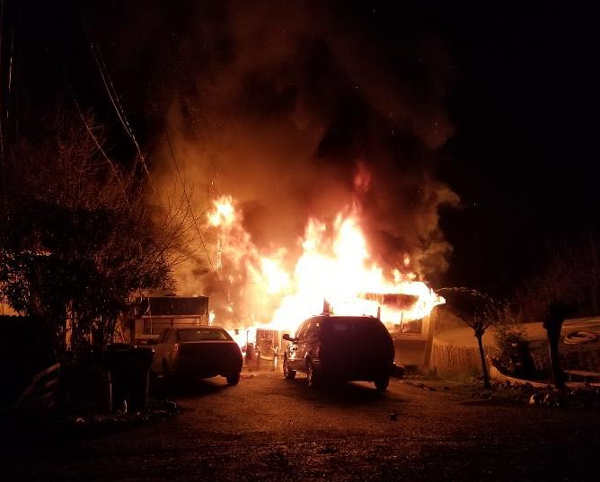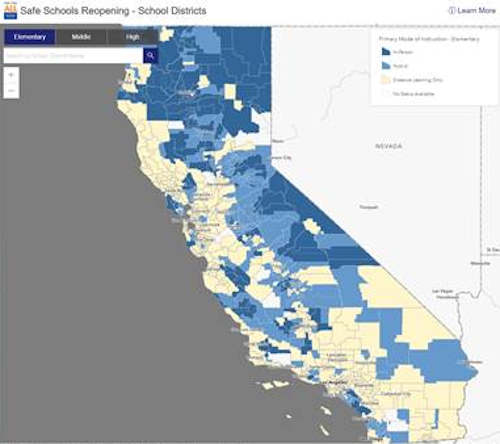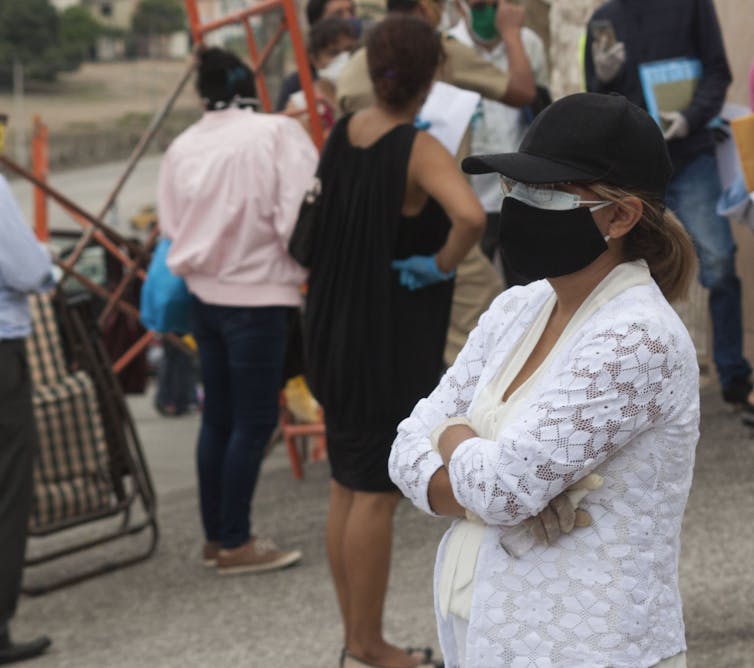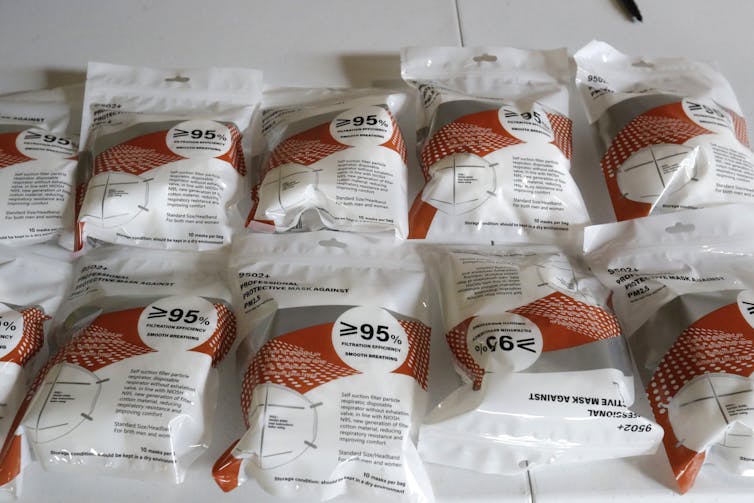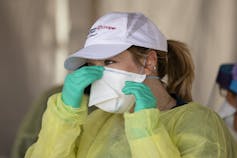LAKE COUNTY, Calif. – Lake County’s Public Health officer reported that the COVID-19 situation appears to be improving locally, with changes planned for the county’s vaccination clinics and an ethics committee assembled to help address the equitable distribution of the vaccine.
“While we are seeing generally positive trends with regard to case rates and testing positivity in Lake County, COVID-19 remains widespread,” Dr. Gary Pace said Thursday.
As of Thursday, Lake County had 2,942 COVID-19 cases, with 36 deaths. Five Lake County residents currently are hospitalized because of the virus, Public Health reported.
The numbers of new cases in Lake County and across California have been declining in recent weeks as the impacts of the holiday surge start to diminish.
Statewide, there were more than 3,440,550 cases and nearly 46,000 deaths as of Thursday night, according to reports from Public Health departments in California’s 58 counties.
There is a new concern that has arisen since the start of the year: The coronavirus variant L452R, has also been identified in Lake County, as Lake County News first reported in January.
Pace told Lake County News that the state is doing surveillance testing on specimens from different areas around California, meaning that they randomly pick some specimens that are sent to Quest or another lab and conduct genomic sequencing.
In early January, Pace said the state sampled 40 specimens from Lake County and nine of them had L452R, known as the “California variant.”
“We don’t know the clinical significance of this yet,” Pace said.
Pace said L452R is considered a “variant of interest” as opposed to a “variant of concern,” which is how health officials refer to the variants found in the United Kingdom and South Africa.
The British variant, B117, has been found in the Bay Area, as has a Brazilian variant, according to recent news reports.
On Tuesday, Pace told the Board of Supervisors, “The variant gives me a little bit of anxiety.”
He is continuing to encourage people to be as careful as possible and not go back to normal life yet, noting, “This variant could change the equation in the next couple of weeks.”
Public Health changing to drive-thru vaccination clinicsWith the emphasis in the coronavirus fight increasingly emphasizing vaccinations, Pace said Lake County Public Health is changing its vaccination clinics to drive-thru sites beginning next week.
The clinics will be held in Lakeport on Mondays and Tuesdays, and in Clearlake on Thursdays and Fridays, Pace said.
Pace said Public Health has been extremely fortunate to get a lot of community volunteer support to help run the vaccination sites, as his staff can’t do it all on their own.
With operations expanding, Pace said they will be calling all Medical Reserve Corps members and are inviting new volunteers as well. If you would like to sign up to volunteer, contact the Health Department at 707-263-1090 and ask to be connected with Dean.
“While we anticipate a greater number of people will ultimately be able to be served at these new outdoor locations (subject to vaccine availability), appointments are still required, and eligibility will be verified prior to administration of the vaccine,” Pace said.
Community members can visit the
Public Health website to find if they are eligible under the current priority tiers and check on the availability of vaccination appointments. Links for the current state vaccination registration platform and appointment scheduling are available there.
When appointments are available, people eligible to be vaccinated that have trouble using the online platform are encouraged to call 707-993-4644 for assistance.
If you already received your first dose through one of the Public Health clinics, Public Health staff will contact you to confirm the date, time and location for your second dose appointment. These appointments are typically scheduled four weeks following the first dose. You will be notified five to seven days in advance. If you have not heard from Public Health at the expected interval, write to
This email address is being protected from spambots. You need JavaScript enabled to view it. or call 707-263-8174.
Pace said that, due to changes in location and days of the vaccination sites, people may need to go to a different site than the one where they received their first dose, and possibly on a different day of the week.
Pace convenes COVID-19 Ethics Ad Hoc CommitteePace said the state provides general vaccine priority guidance, and all counties use the same eligibility tiers. Age- and sector-based risk criteria must be balanced by an emphasis on reaching people in “disproportionately impacted communities, settings and populations.”
At the same time, he said the vaccine distribution must be both swift and equitable.
Lake County’s Latino and Native American communities have been disproportionately affected by COVID-19, and Pace said local data also has demonstrated that protecting agricultural workers must be an immediate point of emphasis. Ag workers are in tier Phase 1B and currently are eligible to receive the vaccine; vaccinations for that group started this week.
To assist in setting areas of Lake County-specific vaccination priority, Pace has established the COVID-19 Ethics Ad Hoc Committee.
Pace said the group includes strong advocates from the Latino and Native American communities, business and agriculture, hospital and primary care medicine, and an “at-large” representative.
The committee had its first meeting on Tuesday. So far, the names of its members have not been reported, and during this week’s Board of Supervisors meeting, the discussion suggested that those names may be kept confidential.
Deputy County Administrative Officer Matthew Rothstein told Lake County News that Pace will give the first report on the committee’s work at the next Board of Supervisors meeting on Tuesday, Feb. 23.
Pace said requests for consideration by the committee should include the name or group making the request, the group or category of people recommended for reprioritization and the basis or justification for the request (not to exceed 200 words).
Requests can be submitted by contacting the Medical Health Operational Area Coordinator, or MHOAC, addressed to “Ethics Committee,” at
This email address is being protected from spambots. You need JavaScript enabled to view it., via mail at MHOAC, attention COVID-19 Ethics Committee, 922 Bevins Court, Lakeport, CA 95453, or by phone, 707-263-8174.
Email Elizabeth Larson at This email address is being protected from spambots. You need JavaScript enabled to view it.. Follow her on Twitter, @ERLarson, or Lake County News, @LakeCoNews.





 How to resolve AdBlock issue?
How to resolve AdBlock issue? 
